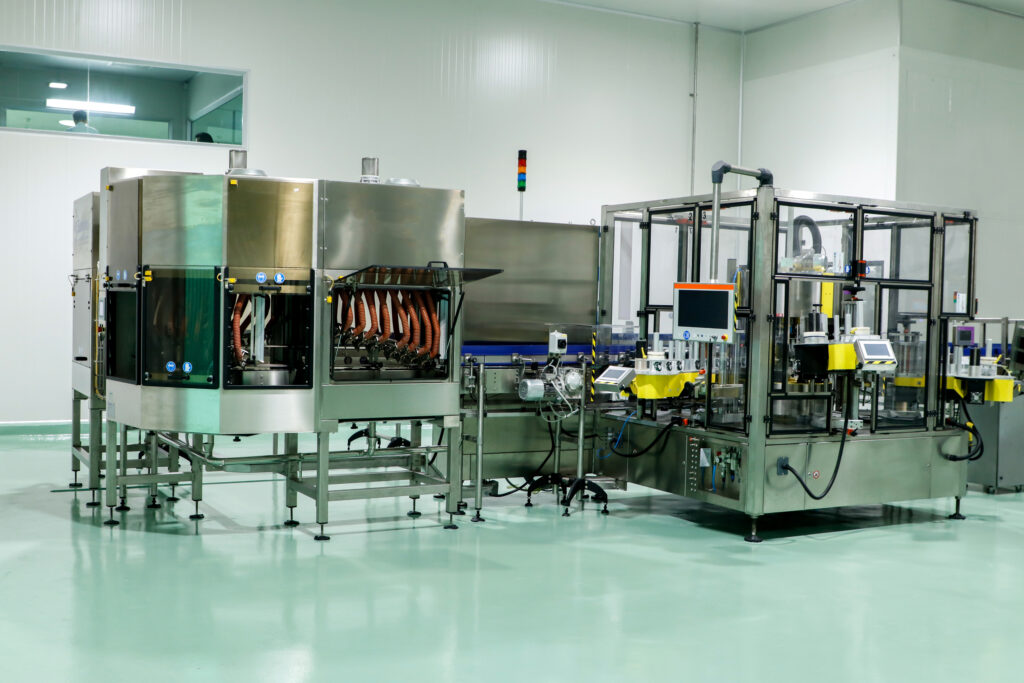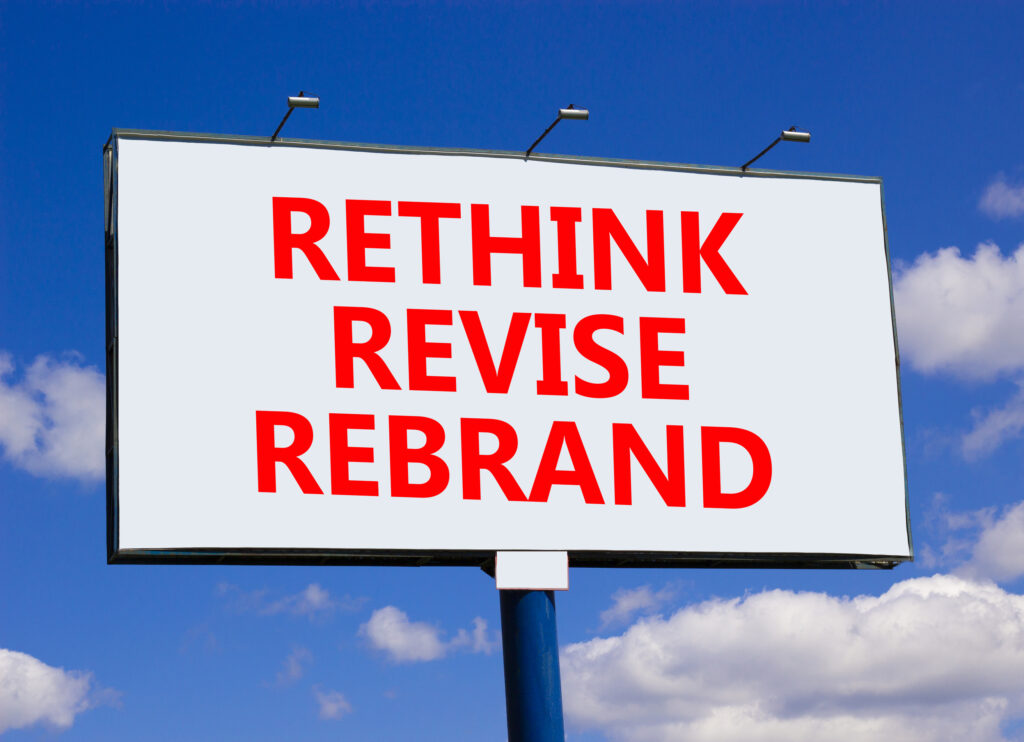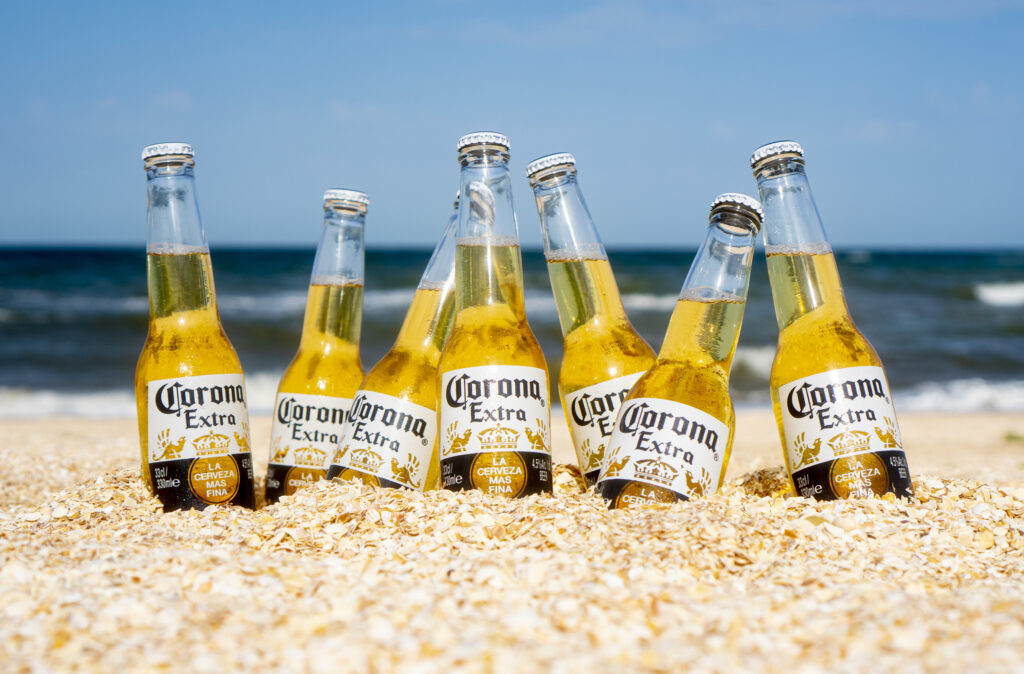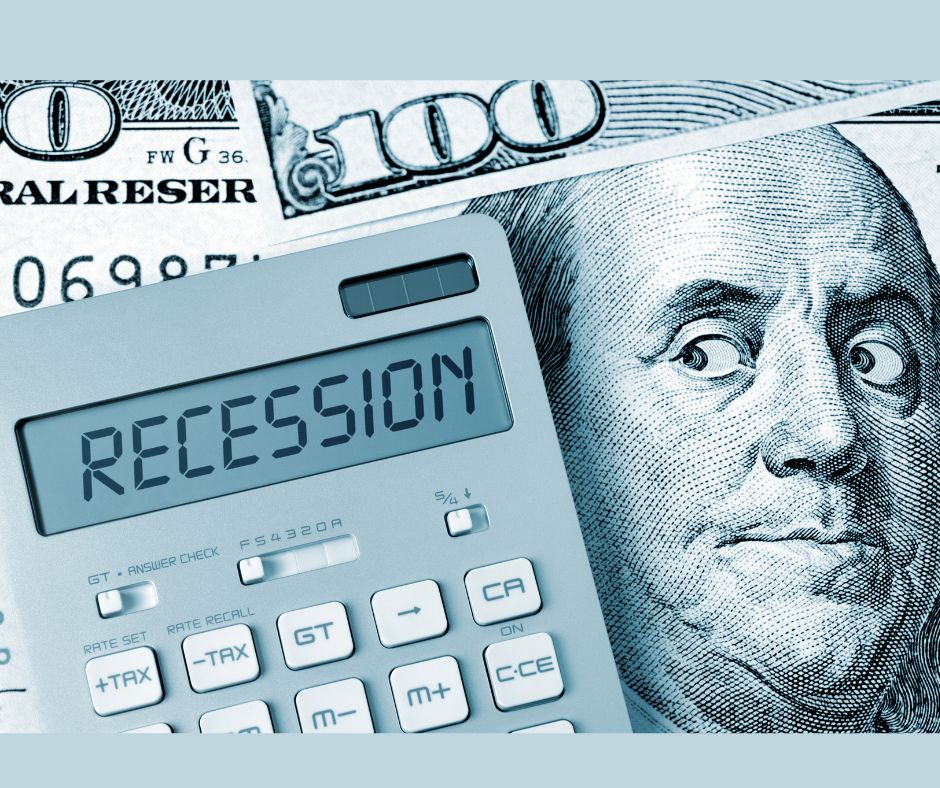Filling Equipment Insights for Brewers and Distillers

By Alyssa L. Ochs
In the craft brewing and artisanal distilling industries, every detail matters – from the meticulously curated ingredients to the final presentation and every step in between. One of the most crucial yet often overlooked steps in the production process is filling.
Whether you’re filling a bottle of whiskey or a can of IPA, the filling step affects product integrity, shelf life, operational efficiency and regulatory compliance. Fortunately, modern filling equipment has advanced significantly, offering brewers and distillers advanced features that cater to the specific needs and styles of beer and spirits.
In this article, we examine how filling equipment has evolved and what it looks like in today’s forward-thinking breweries and distilleries. To gain further insights, we also connected with Tony Saballa, the owner of Fillmore Packaging Solutions, which offers affordable beverage packaging for craft beverage makers.
Types of Filling Equipment Available
The ideal type of filling equipment for your operations depends upon your product’s carbonation level and viscosity. For example, gravity fillers work well for thin and free-flowing liquids, such as craft spirits. They use the force of gravity to move non-carbonated liquids from holding tanks to cans and bottles. You’ll often use gravity fillers for vodka, gin and whiskey.
Piston fillers are commonly used for liqueurs that have a high viscosity. Using mechanical pistons, these fillers draw a specific amount of spirit into a cylinder before pushing it into your container. Cream-based spirits and syrups with a thick consistency often incorporate piston fillers.
Volumetric fillers help beverage makers achieve a consistent fill volume, allowing you to stay true to your brand while also ensuring legal compliance. Distillers often use volumetric fillers to make ready-to-drink (RTD) cocktails, as they provide high accuracy control and help maintain precise brand consistency. These fillers operate by dispensing a volume of liquid using a rotary pump or flow meter to measure and control the flow of fluid.
Isobaric or counter-pressure fillers utilize specialized machines that fill beer and other carbonated beverages into bottles with consistent pressure, thereby preventing the loss of carbon dioxide. With isobaric fillers, you’ll achieve equal pressure inside the can or bottle during the filling process, thereby preserving the carbonation. In addition to beer, sparkling wine, cider and carbonated RTD cocktails often use this filling method.
Fillmore’s Equipment Offerings
Based in St. Louis, Missouri, Fillmore Packaging Solutions helps improve packaging processes for overwhelmed and underserved small craft beverage makers worldwide.
This company focuses on the mechanical side of the small beverage trade. It has beverage packaging machinery available for both carbonated and non-carbonated beverages, including beer, wine, cider, kombucha, sparkling water and RTD cocktails.
Tony Saballa from Fillmore told Beverage Master Magazine that his company offers automated packaging machinery for filling cans and bottles with multiple sizes and formats.
“Our filling machines are primarily engineered for isobaric filling, also known as counter pressure filling, a method used for filling carbonated beverages under pressure to minimize foaming,” Saballa said. “Our fillers can also be used for filling non-carbonated beverages.”
Saballa explained that Fillmore’s machinery doesn’t require any complicated installations and is designed to be easily moved into the workspace and rolled away when not in use.
When asked about the type of electrical connections Fillmore fillers require, he said, “Our fillers are engineered to operate from a standard 120-volt, single phase power outlet, so there are no specialized electrical connections required.”
Saballa shared that Fillmore products’ packaging fill rates are always dependent on product temperature, carbonation levels and package size.
“So, the typical fill rates our fillers range between 12 to 16 containers per minute,” he said.
Fillmore’s equipment is designed to fit in a space of about three by five feet, or 15 total square feet. Its machinery can also be operated by just one or two people in a brewery or distillery, resulting in minimal labor requirements.
Precision Filling for Accuracy & Compliance
Since the beer and spirits industries are heavily regulated, filling equipment is also relevant to legal compliance. Accuracy is of paramount importance when filling beer or spirits into cans or bottles. Regulatory organizations, such as the Alcohol and Tobacco Tax and Trade Bureau, require that containers meet volume declarations with minimal variation.
Fortunately, today’s advanced filling equipment prioritizes precise and repeatable fills so that every can and bottle meet the appropriate volume requirements. For example, there have been significant technological advancements in sensor-based fill level detection, piston controls, digital flow meters and programmable fill settings.
This level of accuracy helps prevent product loss from overfilling, saving craft beverage makers money and resources. It also prevents underfilling, which can lead to compliance issues and customer dissatisfaction. When your bottles and cans are filled precisely, it shows that you pay attention to the details and run a professional operation that prioritizes quality control.
Automating the Beverage Filling Process
In general, automated filling systems reduce your business’s need for extensive manual labor and help prevent employee mistakes. However, compact automation solutions like those offered by Fillmore are a game-changer for small craft beverage makers with limited production space.
Small and mid-sized beverage producers are consistently seeking ways to balance efficiency with their space limitations. With an automated filling system, you can maximize the space you have while streamlining labor demands and achieving high throughput. Every square foot matters if you operate in tight quarters, such as a shared co-manufacturing environment or converted warehouse.
Gone are the days when automated filling solutions were only reserved for high-volume-producing mega breweries and distilleries. Now, craft beverage producers of all types and sizes are embracing automation technology and working smarter on a smaller scale.
Flexibility & Seamless Integration
When it’s time to invest in new filling equipment, consider automated systems with a user-friendly setup to get up and running promptly. Another priority might be plug-and-play simplicity that doesn’t require costly upgrades or infrastructure expansions.
As some modern craft beverage makers now produce multiple types of beer and spirits, flexibility is another priority for filling equipment. Distillers and brewers often look for filling equipment that can work alongside their existing systems and accommodate various bottle and can sizes. Pieces of filling equipment aren’t isolated machines but rather one of many pieces in a broader production ecosystem.
Universal compatibility is top of mind for companies specializing in filling equipment as demand increases for variable speed settings, modular designs and adjustable container guides. It is now possible to fill carbonated and still beverages with the same filling equipment line, easily switching between cans and bottles with minimal adjustments.
Scalability for Future Expansion
In the fast-evolving world of craft beverage production, it’s essential to plan not only for today but also for future growth. Filling equipment should support your current needs and your goals for the years ahead.
It’s often advisable to start small with your filling equipment, such as with a compact and entry-level system that allows you to build capacity as demand hopefully increases. For instance, you could launch with a two- or four-head filler and then upgrade later to a six- or eight-head model, provided the electrical infrastructure and base frame will support the expansion.
Scalability involves increasing both speed and versatility, as many beverage makers are starting to explore new products that deviate from their original creations. If you choose a flexible filling machine, you will be able to accommodate various fill volumes, types of products and multiple containers.
Another goal of scalability is to minimize downtime, so you never have to shut down your production line to install a new system based on new needs. Automation modules, adding additional filler heads during scheduled maintenance and software upgrades can help you achieve this goal. Keeping these factors in mind will help you protect your filling equipment investment and help your business evolve with the times and shifting consumer demands.
What’s Next for Beverage Filling Equipment?
Looking ahead, next-generation filling equipment promises even greater precision, adaptability and efficiency than ever before, benefiting breweries and distilleries.
Emerging technologies include remote equipment access, allowing operators to control and monitor filling equipment from their mobile devices. There has also been progress in AI-powered diagnostics and monitoring, which can automatically adjust regulate carbonation, viscosity and temperature.
Meanwhile, some innovators have been perfecting automated clean-in-place systems and adjusting machine design to improve production speed further and ensure legal compliance. Fully integrated beverage packaging lines that handle filling, rinsing, closing and labeling are also in demand as equipment-makers take smart technology and automation to the next level.









